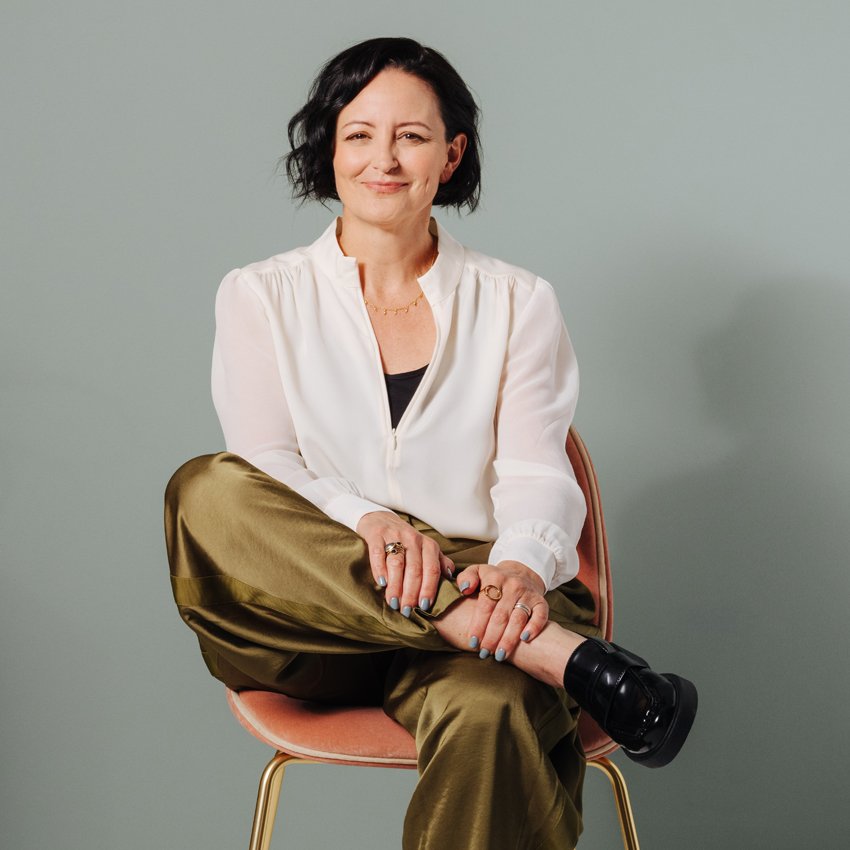What is Biophilia in Interior Design?
In nearly 15 years designing offices and workspaces, there has never been a design workshop where a client has not said ‘We need more plants’.
Nature and Wellness
Biophilia is the connection we feel to nature and the reasoning behind it. We can all appreciate a breath of fresh air whilst staring at a blue sky, walking through a tree filled park or woodland, wind rustling the leaves on the trees, a squirrel or bird scratching in the grass, the texture of bark on a tree trunk or walking barefoot through grass or sand in summer.
These connections relax, heal and ground us. We are hardwired to respond to the shapes, colours and sounds of nature. Stress is minimised through the relaxing benefits of having nature and plants around us.
Biophilia expert Bill Browning says, “Even looking at an image of nature for 40 seconds will switch the way your brain processes information. The prefrontal cortex quiets down as you expend less energy and after you’ve had that view, you’ll be less stressed and you’ll have better cognitive capacity.”
Una Beige cork floor from one our favourite suppliers RE:Cork
Biophilia and Design
‘Philia’ comes from the Greek ‘to love’ so the literal interpretation of Biophilia is ‘a love of living things’. Researchers believe this is the reason we have thrived as a species - through seeking fertile land for cultivating food, we have an ingrained physiological need to be in contact with the natural world.
Biophilic design incorporates the use of natural materials for furniture and finishes, maximising daylight and views, utilising nature inspired colour palettes in design schemes and artwork including photos of nature and bringing indoor planting into architecture and interior designs.
Healthy Interiors
Exposure to natural elements is linked to lower blood pressure, reduced depression and anxiety, and an increase in the ability to focus, recover from stress, and endure pain. If you find yourself gazing out of your window when trying to gather your thoughts, your brain might be seeking that natural sense of focus.
Productivity and Plants at Work
Dr Craig Knight from Exeter University, studied the effects of soulless working environments for more than 10 years. The results show that employees were 15% more productive when “lean” workplaces are filled with just a few houseplants.“If you put an ant into a ‘lean’ jam jar, or a gorilla in a zoo into a ‘lean’ cage – they’re miserable beasties,” he said. People in “lean” offices are no different. He found that when plants were brought into the offices he studied – just one plant per square metre – employee performance on memory retention and other basic tests improved substantially.
At Trifle* plants are as important as the furniture we install into a workplace. We often use a mix of real and faux planting for those hard to reach and water areas. 13 years ago they were a hard sell - now clients come to us asking how best to make greenery work in the office environment. No office transformation project is complete without them!
Natural Inspiration
Pinterest is awash with wonderful inspiring imagery if you’re seeking ideas and we have curated our own board as stimulus for client projects, so if you are feeling stressed out or just need to take a break you might enjoy a browse of this.
Just remember #plantsmakepeoplehappy
—————
Sources:
Author: Emma Morley, Founder and Director
Emma founded Trifle* in 2010 after a career in marketing, event design and production. Frustrated by the fact that only advertising agencies had inspiring spaces she had a desire to make good design the norm for all office workers. Emma has worked across well over 150 interior projects during her career at the helm of Trifle*, she remains passionate about making amazing spaces but also making the industry more accessible, more human and more diverse.




